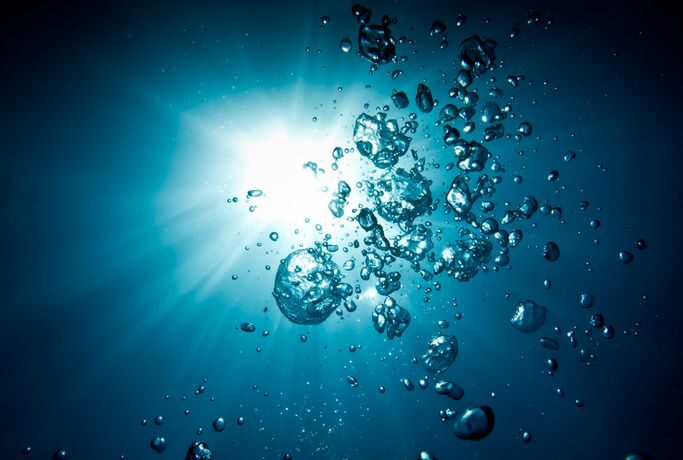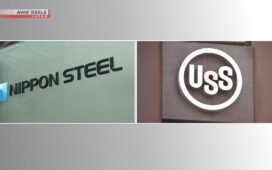To help you understand the trends surrounding new technologies and what we expect to happen in the future, our highly experienced Kiplinger Letter team will keep you abreast of the latest developments and forecasts. (Get a free issue of The Kiplinger Letter or subscribe). You’ll get all the latest news first by subscribing, but we will publish many (but not all) of the forecasts a few days afterward online. Here’s the latest…
The explosion of generative AI is boosting long-term demand for all sorts of physical infrastructure, from chips and data centers to electric transmission lines and nuclear plants. Add underwater cables to the list.
The rise of AI is spurring bigger spending on new submarine cables, especially on routes that cross the Atlantic, though the trend is happening in waters around the world. Meta announced in February a 31,000 mile network that will touch every continent, making it the longest and highest-capacity subsea network ever.
Sign up for Kiplinger’s Free E-Newsletters
Profit and prosper with the best of expert advice on investing, taxes, retirement, personal finance and more – straight to your e-mail.
Profit and prosper with the best of expert advice – straight to your e-mail.
Meta’s new Project Waterworth seeks to unlock “global AI potential” by connecting users around the world with Meta’s huge data centers packed with Nvidia chips. The effort anticipates torrid global growth of Meta’s generative AI tools, which are now baked into Facebook and Instagram for answering questions, creating images, editing photos and more.
Amazon, Google and Microsoft are also spending heavily on subsea fiber-optic cables for global customers renting cloud computing, surfing the web and using apps. The billions of dollars being spent by the four tech giants shows the huge demand from end users, said Sarah McComb, principle business developer at Amazon Web Services, at a recent panel.
The trend bodes well for manufacturers of submarine cables, including Japan’s NEC, U.S.-based Subcom, and France’s Alcatel Submarine Networks, which owns a fleet of seven vessels.
Threats and challenges
But there are challenges. Geopolitical tensions are raising concerns about subsea cable disruptions, including recent episodes in the Baltic Sea and near Taiwan. The U.S. and others are on edge about Russia and China being behind the attacks. There are concerns about cable repair ships navigating hostile waters, such as the Red Sea. Another fear: That Chinese repair ships, relied on by many nations, could actually tamper with cables.
Threats are rising, but the reality is less worrisome. Most disruptions aren’t nefarious, and the industry is skilled at undersea repairs and maintenance. There are about 150-200 cable breaks per year across the nearly 600 cable systems that span more than 900,000 miles, according to the International Cable Protection Committee, a safety group that track disruptions. 80% are caused by fishing boats or anchors, and most of the rest occur from abrasion, equipment failure or environmental factors.
New cable systems include advanced sensors to detect damage or seismic activity, along with protective armor and physical security near the coastlines. Meta’s massive new project will use “enhanced burial techniques in high-risk fault areas, such as shallow waters near the coast, to avoid damage from ship anchors and other hazards.” Plus, the data traversing subsea cables is encrypted, making it extremely difficult, if not impossible, for a group tampering with cables to intercept and read.
Red tape is another roadblock to faster deployment. The industry is urging the U.S. to speed up the lengthy approval process so that more cables can be built faster, helping increase the redundancy of networks and reducing the damage of any one cable break. “The things that sort of keep me up at night, if you will, is that race between the coming demand and having the capacity to meet it,” said McComb of AWS.
Applications can take two years to be approved, and that’s after years of planning from the company doing the project. Multiple federal agencies are involved, with a focus on national security concerns.
Some streamlining is possible, but it won’t be all the industry wants, threatening to hamper the overseas ambitions of America’s AI leaders. The Trump administration is likely to look into cutting red tape for tech giants, but national security concerns will complicate efforts to quicken the process. The tech industry hopes global AI competition, including the race to so-called artificial super intelligence, will spur the U.S. to take bolder action.





